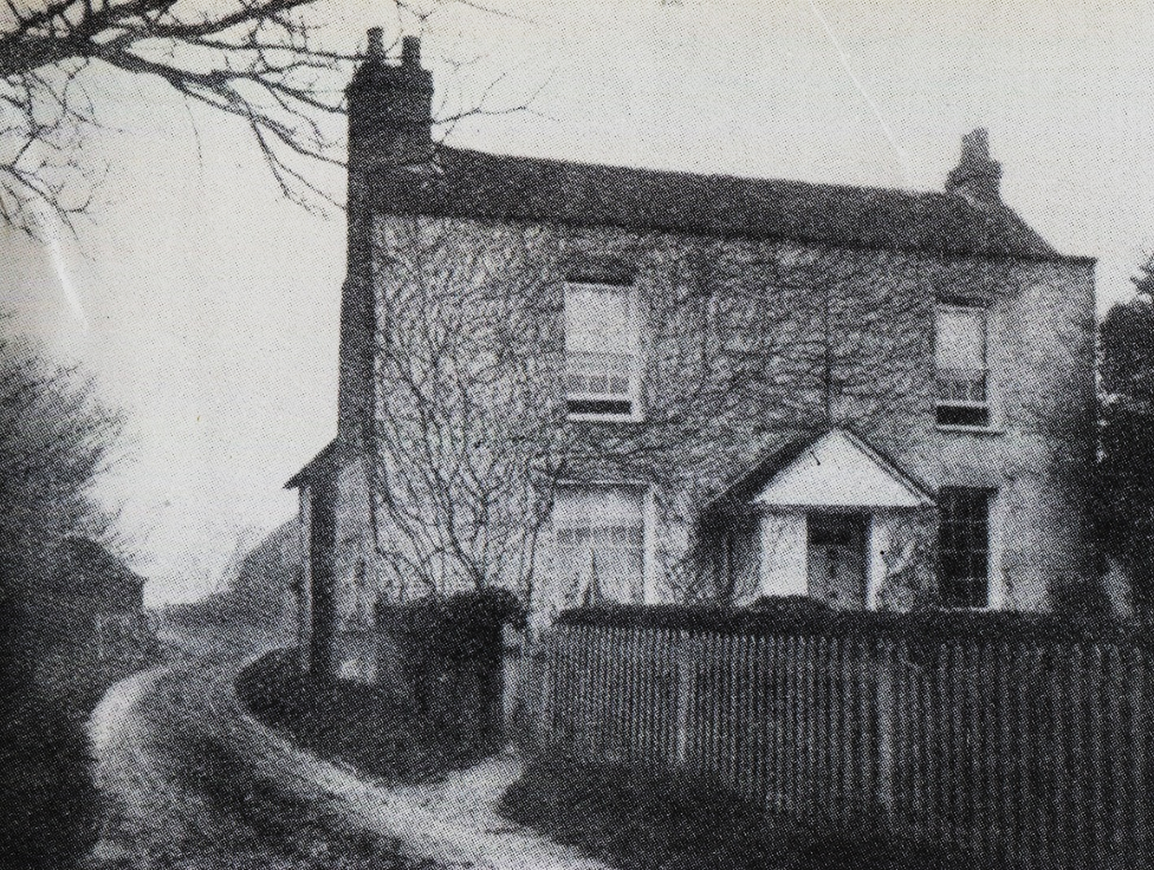
Farm house at the entrance of the Gatehill Estate as it is today
Following the sale of the farm, the area was then developed by Harry Neal. An architect was commissioned called Frank Elgood. He was known for his work in Hampstead Garden Suburb and he also lived in Dene Road.
He later served as Chairman of the Ruislip-Northwood Urban District Council. His name also continues on the Estate as Elgood Avenue.
Some building began but progress was interrupted by World War 2. Further development was mostly in the 1950’s with more additions in the 1970’s and 1980’s.
It has since then been designated an Area of Special Local Character which the Gatehill Residents’ Association aims to maintain. |
| Documents | Download |
|---|---|
|
Hillingdon- Gatehill Farm Estate Assessment |
Download |

